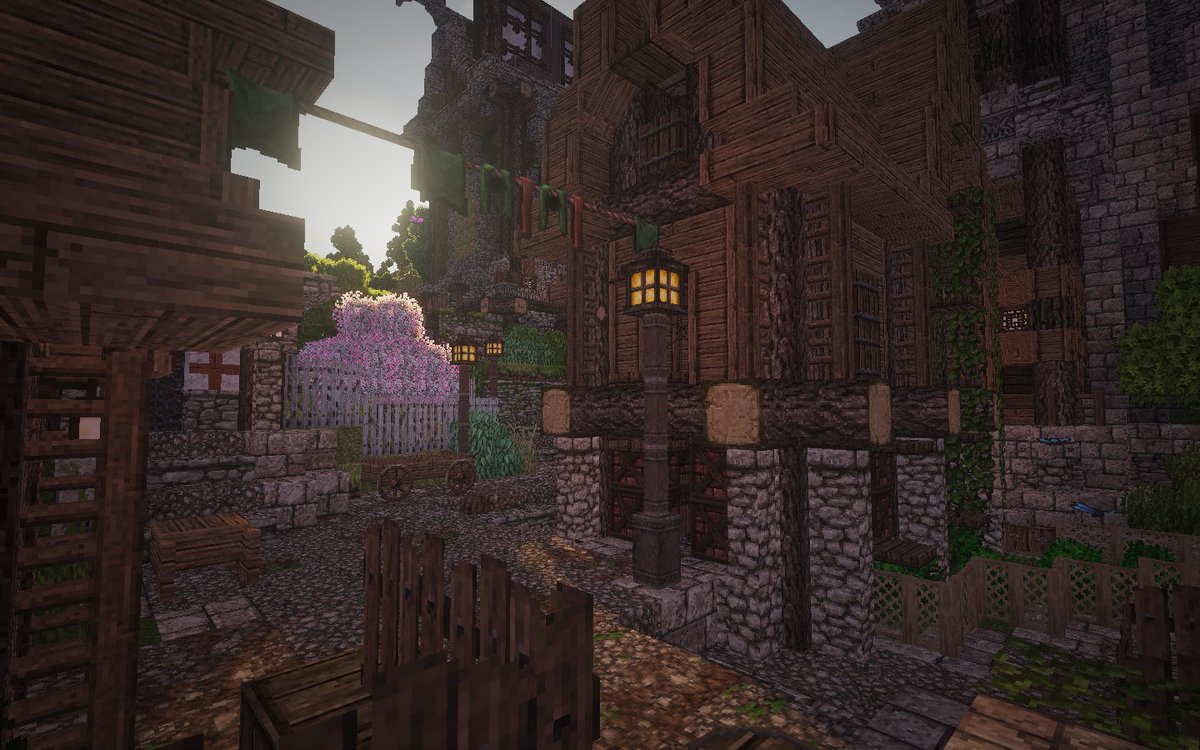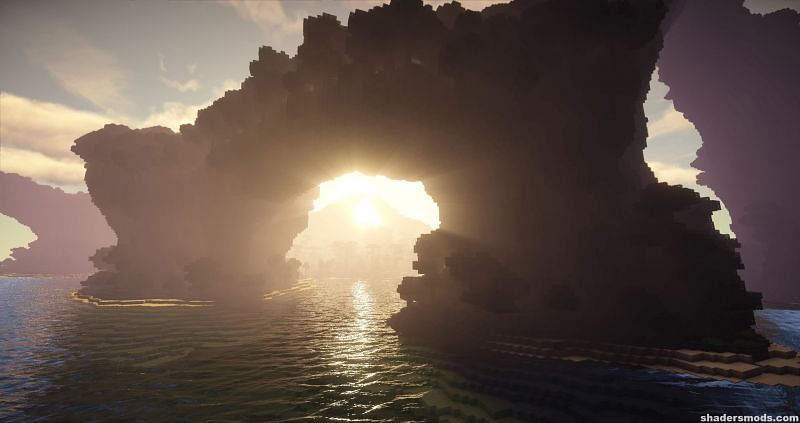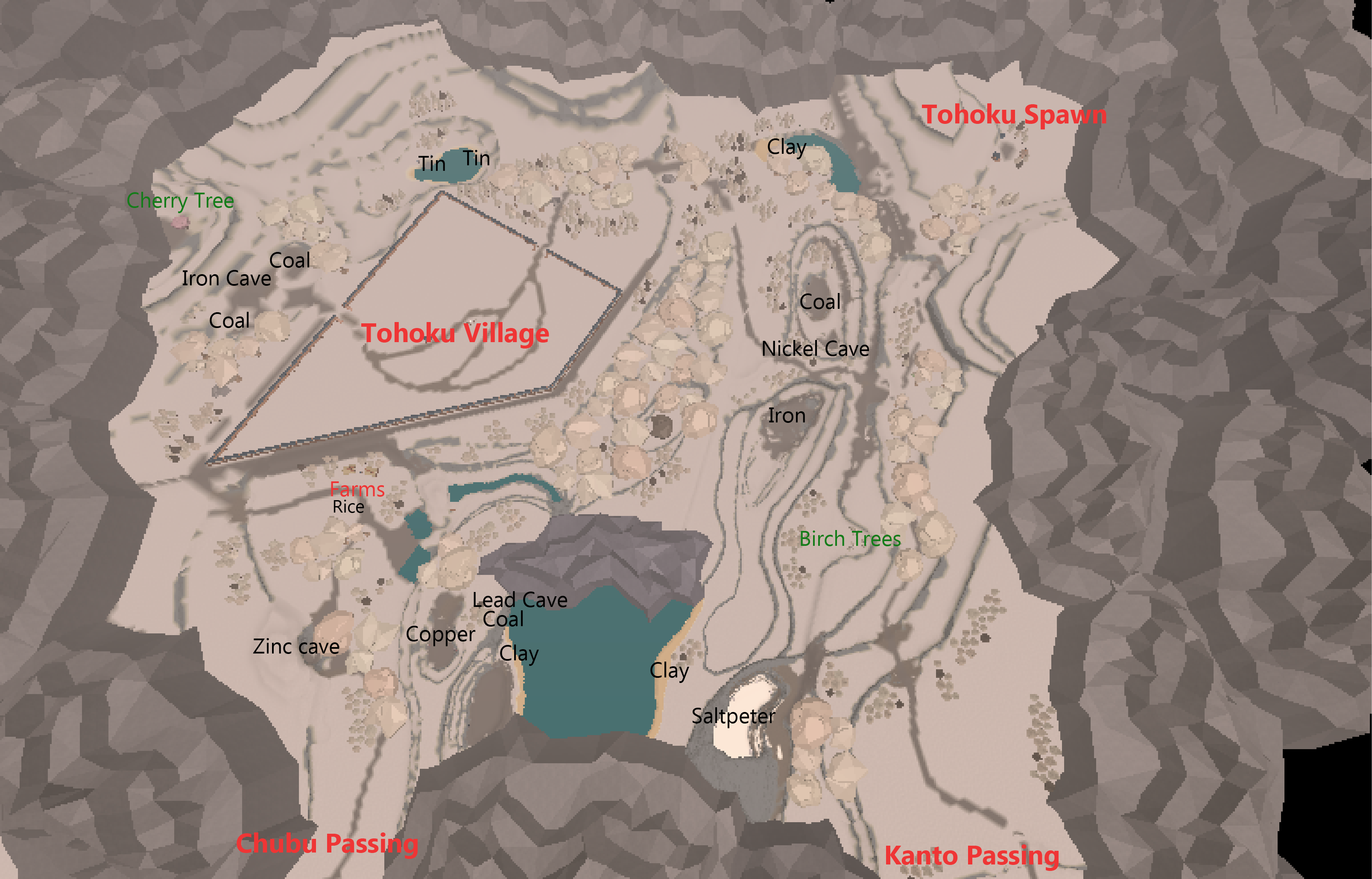


5.2 Calendar iconography in other objects.Early scholars initially thought that the stone was carved in the 1470s, though modern research suggests that it was carved some time between 15. Following its rediscovery, the sun stone was mounted on an exterior wall of the cathedral, where it remained until 1885.

It was rediscovered on 17 December 1790 during repairs on the Mexico City Cathedral. Shortly after the Spanish conquest, the monolithic sculpture was buried in the Zócalo, the main square of Mexico City. It measures 358 centimetres (141 in) in diameter and 98 centimetres (39 in) thick, and weighs 24,590 kg (54,210 lb). The Aztec sun stone (Spanish: Piedra del Sol) is a late post-classic Mexica sculpture housed in the National Anthropology Museum in Mexico City, and is perhaps the most famous work of Mexica sculpture. National Anthropology Museum ( Mexico City) Sun stone, at National Anthropology Museum in Mexico City, Mexicoġ7 December 1790 at El Zócalo, Mexico City


 0 kommentar(er)
0 kommentar(er)
